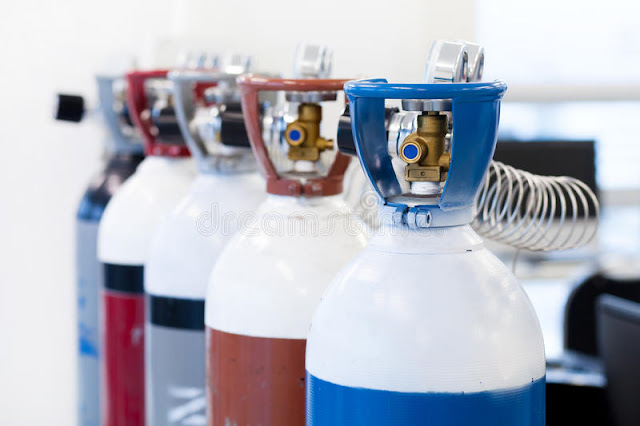Gas Cylinders Manufacturers in India
MKC Group serves industrial gas cylinders worldwide . The range of manufacturing that we handle is comprehensive and has various applications that play a role in developing types of gas cylinders, such as follows: High-Pressure Seamless Industrial Gas Cylinders High-Pressure Seamless CNG Cylinders High-Pressure CNG Cylinder Cascades We customize all the above types of gas cylinders and deliver to you within the specification ranges and added features of your requirements. A: Gas Cylinders Specifications We have a wide range of specifications and added requirements charts from which our clients can choose. Our specifications differ with every type of cylinder and are described as follows: High-Pressure Seamless Industrial Gas Cylinders Ø - 108 mm to 356 mm Capacity - 3 Litres to 160 Litres Working Pressure - 150 kgs/cm2 to 400 kgs/cm2 High-Pressure Seamless CNG Cylinders Ø - 232 mm to 406 mm Capacity - 22 Litres to 200 Litres Working Pressure - 200 kgs/cm2 High-Pr...





